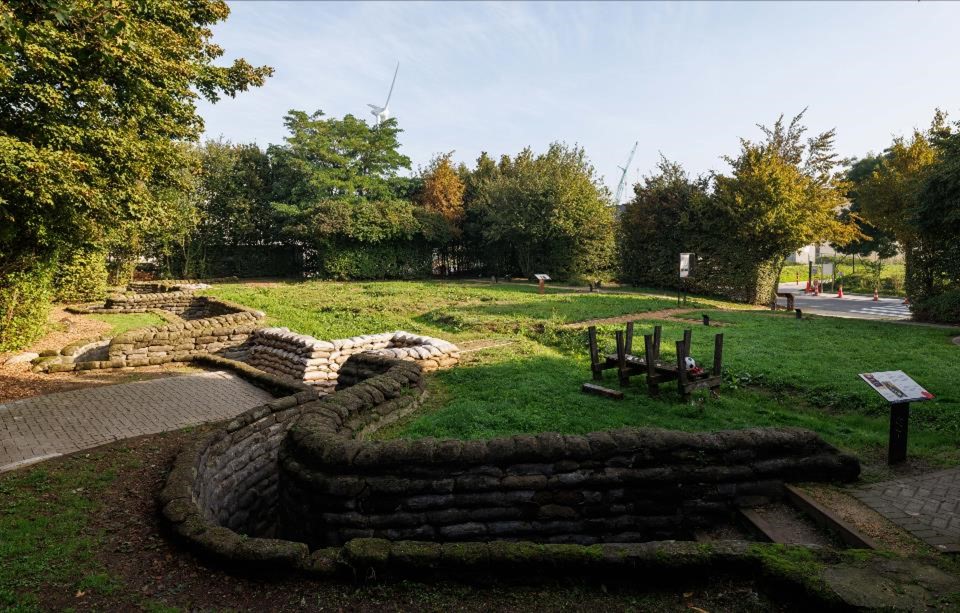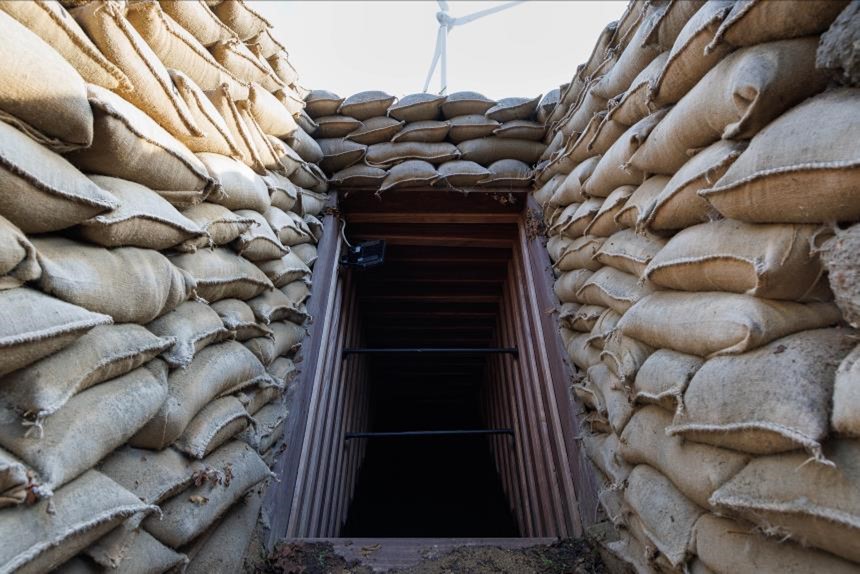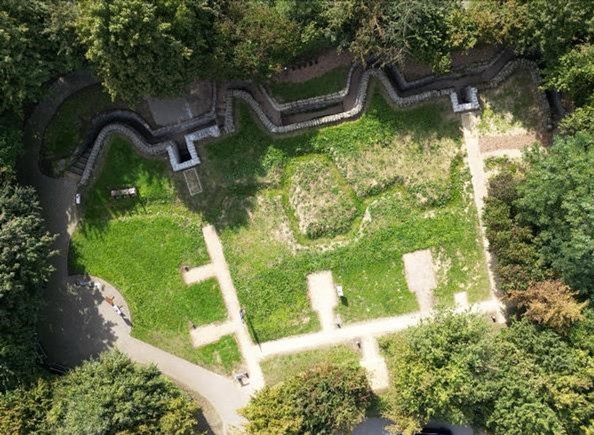You may recall that back in the summer of 2021 we covered the story of the Yorkshire Trench, one of a very few WWI trenches that still exist in its original location.
Over 100 years after it was built, it had started to disintegrate due to changing water levels around the site in Ypres, Belgium. Retired army reservist, John Morrison, from Leeds, had started a crowdfunding appeal to raise money to save this window to the war.
Alas, an entrance to one of the Yorkshire Trench’s dugouts collapsed earlier this year, limiting visitor access to the site.
However, thanks largely to donations that Yorkshire people made to John’s appeal, the entrance was restored and the trench reopened to visitors in September.

The 70-metre-long Yorkshire Trench is a unique historical and archaeological site. It was built by the French in 1915 but maintained by the 49th West Riding Infantry Division, mainly soldiers from Sheffield and West Yorkshire, which is why it adopted the name Yorkshire Trench.
The 49th occupied the trench until the end of the First World War in 1918. After that, it was lost for many years under a sea of brambles. That was until development of an industrial estate on the site in 1992. It was excavated where an underground shelter, passages and chambers were discovered.
Then in 1998, further investigations took place where the bodies of around 200 soldiers were found. Only one of those could be identified, a French soldier whose metal dog tag hadn’t disintegrated.
After deciphering this was indeed the site of the former British front line, the trench was recreated by the In Flanders Field Museum at the turn of the millennium. Volunteers rebuilt the trench as the soldiers would have done almost 100 years before using sandbags and duckboards.

Ever since, the site has been one of fascinating military interest to visitors from across the world. However, standing water was a real problem in the war and still is today, which is what caused the trench to disintegrate.
It wasn’t eligible for UK grants, so crowdfunding was the only way to save it. John raised over £17,000 in his crowdfunding appeal which he gave to the In Flanders Field Museum to rebuild the crumbling dugout entrance. Further donations and grants in Belgium added another €40,000 to the pot.
The stairwells have been renewed to improve accessibility, and there is now better lighting to the dugout so visitors can see inside it. Above ground, there are gravel paths which mark the layout of the underground passages and chambers in the trench. There are also new information panels around the site detailing further historical facts.

John said: “When I mention the First World War and the Yorkshire Trench, the first thing most people say is, ‘my uncle, my grandad, my great grandad was wounded, or killed, or an unknown in Ypres.’ It’s a place in our collective memory. For those people, donating gave them a forum to remember a family member lost to the war. For me, it’s a reminder of the price that freedom costs.
“After listening to people and their stories and reading so many individual accounts and diaries, I realised that there was only one salient where so much misery, murder and mud was compressed into so small a place – and that was Ypres.”
The works have ensured the careful preservation of a WWI relic, while also helping the region to continue telling the historically accurate story of one the Western Front’s most notorious war zones.
But these measures have only touched the surface. There weren’t enough funds to fully restore the trench’s crumbling sandbags. The estimated budget is €100,000 so the long-term plan is to keep crowdfunding. You can donate to the cause here.






